The tiny spider freezes mid-web as classical music fills the air. A bee hovers longer near your speaker, seemingly entranced by jazz rhythms. You might think this sounds like fantasy, but scientists worldwide are discovering that insects respond to music in ways that challenge everything we thought we knew about these miniature creatures. From fruit flies dancing to hip-hop beats to crickets harmonizing with orchestral pieces, the insect world’s relationship with sound is far more complex and fascinating than anyone imagined.
The Science Behind Insect Sound Perception

Insects don’t hear music the way humans do, but their sound perception mechanisms are surprisingly sophisticated. Most insects detect vibrations through specialized organs called tympana, which function similarly to our eardrums but are often located on their legs, wings, or abdomen.
These microscopic sound detectors can pick up frequencies ranging from infrasonic rumbles to ultrasonic squeaks that would make a bat jealous. When you play music near insects, they’re essentially experiencing a complex symphony of vibrations that travel through air and solid surfaces. Think of it like feeling bass drums through your chest at a concert, except insects experience this sensation across their entire body.
Different species have evolved unique sound processing abilities based on their survival needs. Moths, for instance, have developed incredible hearing to detect bat echolocation calls, while mosquitoes use sound to find mates during their brief mating flights.
Fruit Flies and Their Musical Preferences
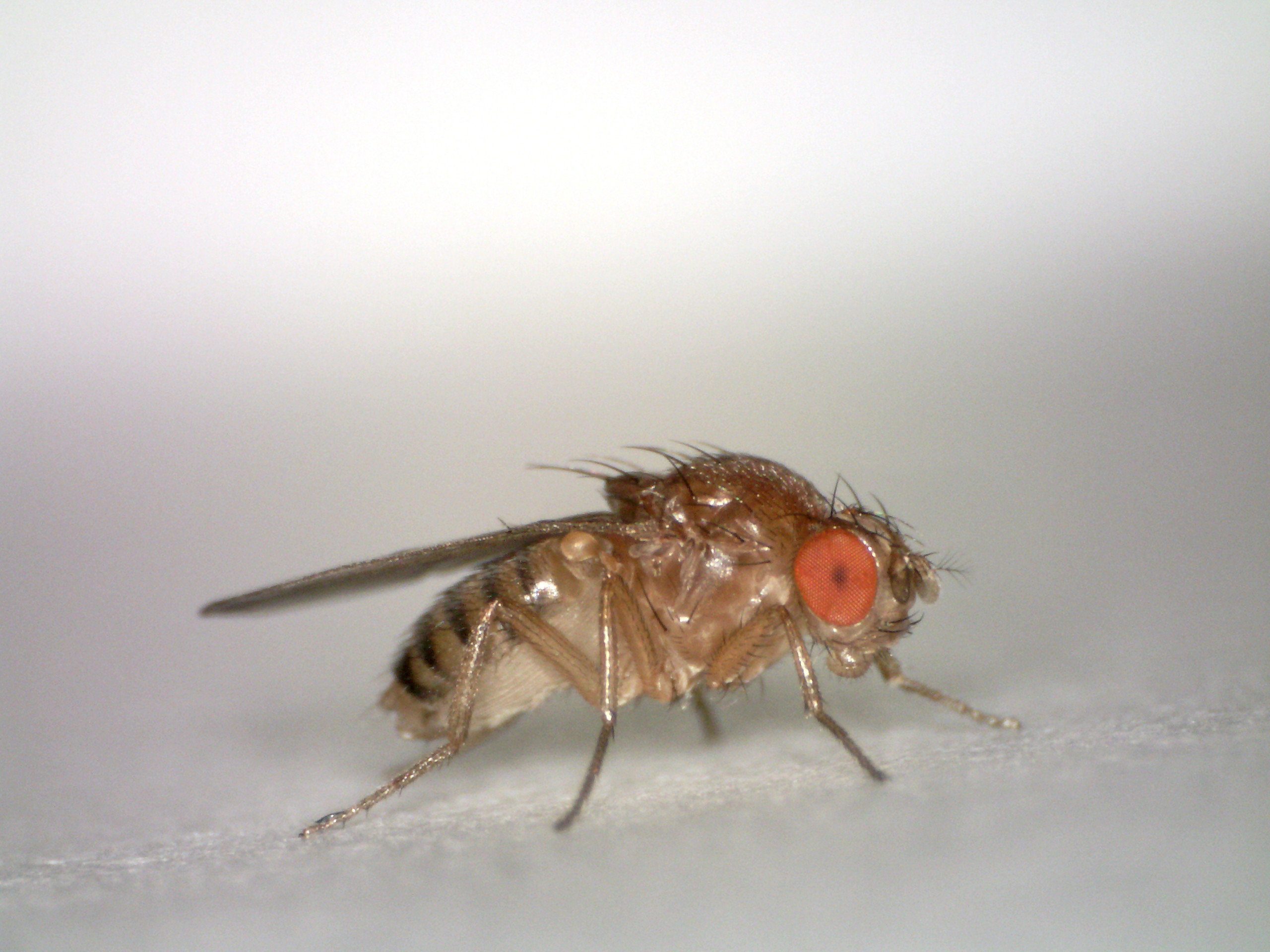
Laboratory studies have revealed that fruit flies exhibit genuine preferences for certain types of music over others. Researchers at the University of Oxford discovered that these tiny insects show increased activity levels when exposed to classical music compared to heavy metal or electronic dance music.
The fruit flies’ response appears linked to the complexity and frequency patterns within different musical genres. Classical compositions with their intricate harmonies and moderate tempos seem to stimulate fruit fly movement patterns, while harsh, sudden sounds cause them to seek shelter or freeze in place.
Most remarkably, fruit flies exposed to music during their larval stage show different behavioral patterns as adults. It’s as if early musical exposure creates lasting neurological changes that influence their entire lifecycle. Scientists are now investigating whether musical stimulation could affect fruit fly reproduction rates and longevity.
Bees Buzzing to the Beat
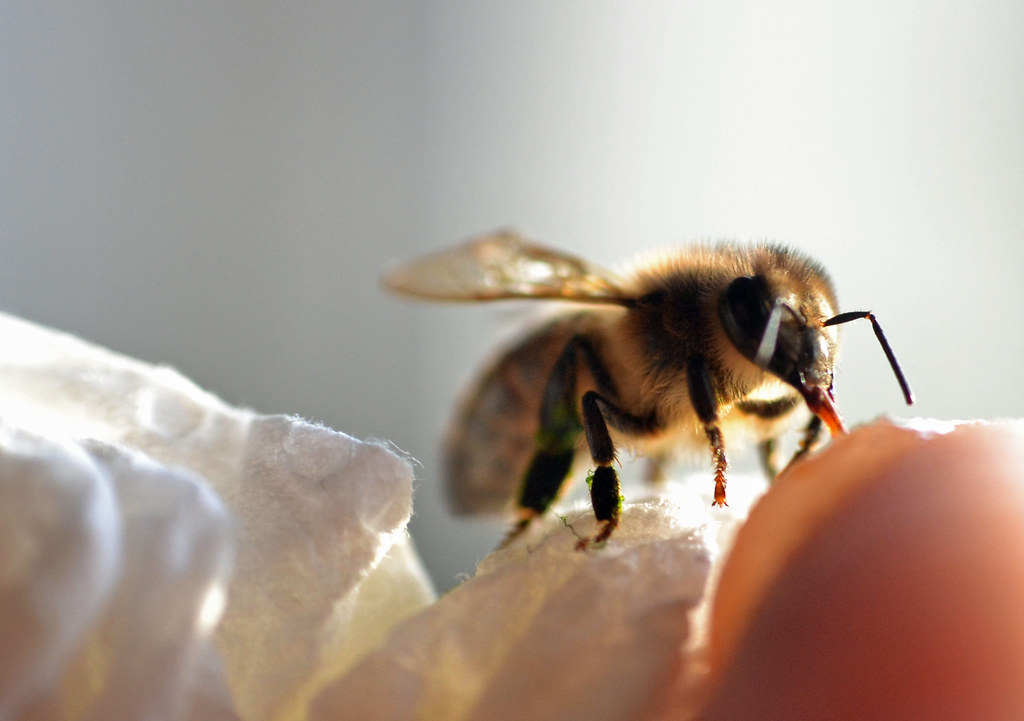
Honeybees have demonstrated perhaps the most surprising musical responses among all insects studied. When researchers played various musical genres near beehives, they discovered that bees adjust their flight patterns and waggle dance communications based on the ambient music.
The bees showed particular attraction to music with frequencies between 200-300 Hz, which closely matches their own wing-beat frequency. This suggests they might be recognizing familiar vibrational patterns in the music. Jazz and blues, with their emphasis on rhythm and moderate frequencies, seemed to produce the most positive responses.
During winter months, when bees cluster inside their hives, musical stimulation appears to influence their temperature regulation behaviors. Some beekeepers have reported that gentle music helps maintain calmer hive conditions during stressful periods like transportation or extreme weather events.
Crickets Creating Natural Orchestras
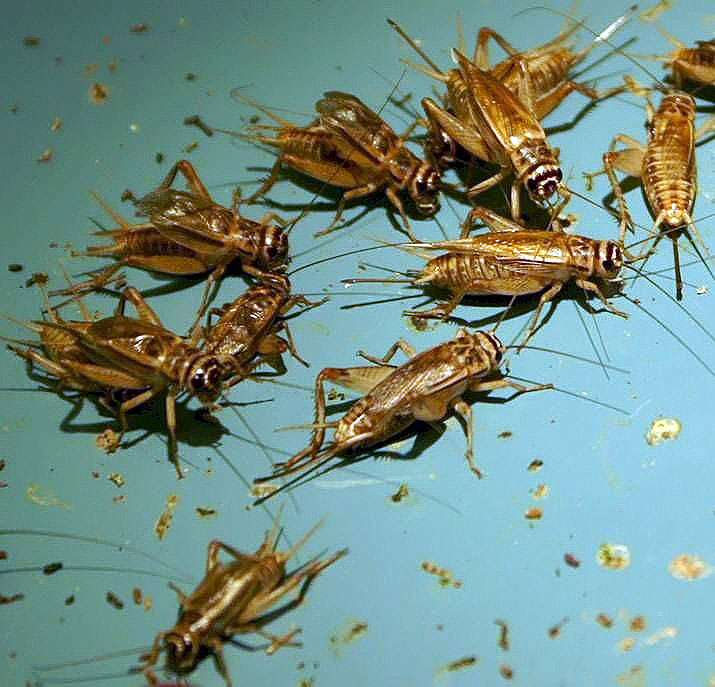
Male crickets are nature’s original musicians, and their response to human music reveals fascinating insights about rhythm and acoustic communication. When exposed to different musical styles, crickets often adjust their chirping patterns to complement or contrast with the ambient sounds.
Field recordings have captured crickets seemingly “jamming” with acoustic guitar music, matching tempos and creating harmonious combinations that sound almost intentional. Some species even pause their own chirping during loud musical passages, as if listening respectfully before rejoining the acoustic conversation.
The temperature-dependent nature of cricket chirping adds another layer of complexity to their musical interactions. Warmer conditions increase their chirping rate, and when combined with upbeat music, can create surprisingly energetic natural soundscapes that blur the line between biological and artistic expression.
Butterfly Wings Dancing to Melodies
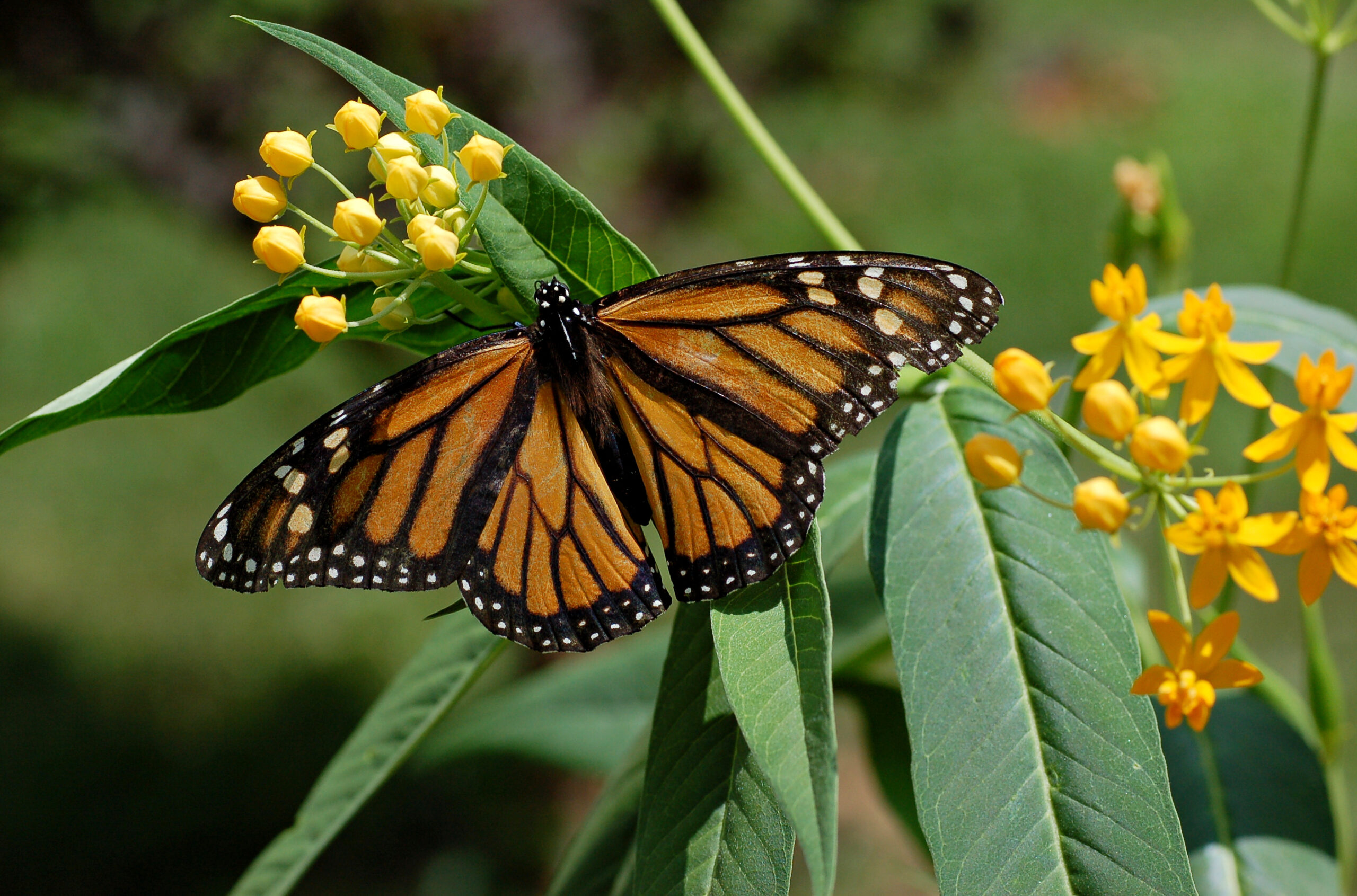
Butterflies respond to music through vibrations they feel rather than sounds they hear in any traditional sense. Observations in butterfly gardens have shown that certain musical frequencies cause changes in flight patterns and landing behaviors among various species.
String instruments seem particularly effective at influencing butterfly movement, possibly because the sustained notes create continuous vibrations that butterflies can detect through their sensitive antennae and wing scales. Celtic harp music has produced some of the most dramatic behavioral changes in controlled studies.
During feeding sessions, butterflies exposed to gentle acoustic music show increased duration at nectar sources and reduced startle responses to human presence. This suggests that appropriate musical environments could enhance butterfly conservation efforts in both captive and wild settings.
Ants Marching to Different Rhythms
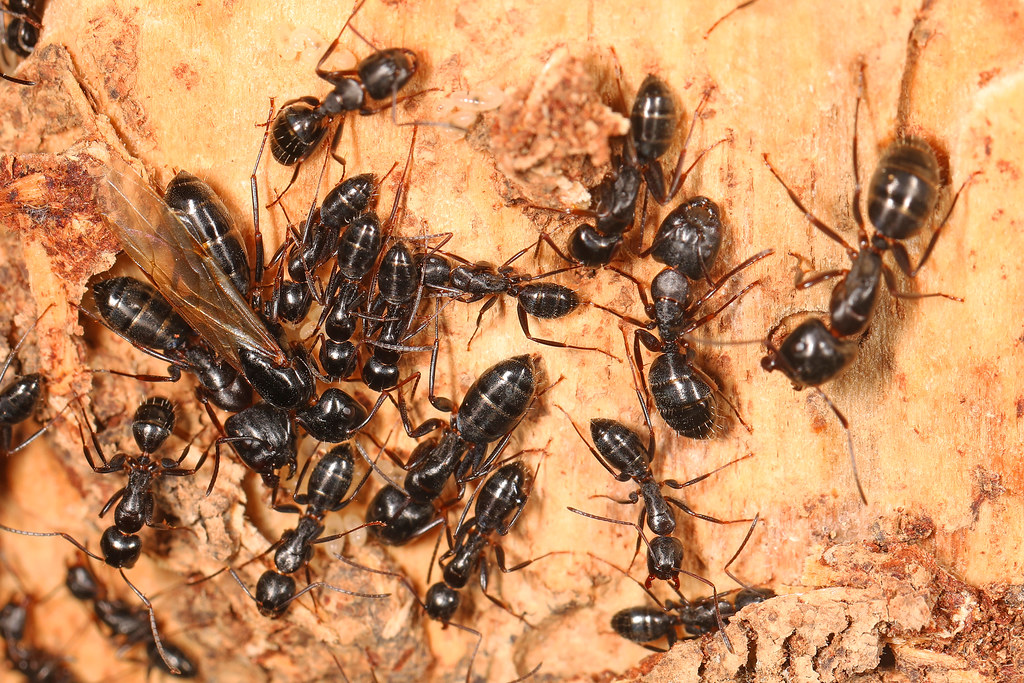
Ant colonies display collective behavioral changes when exposed to various musical genres, with the effects varying dramatically based on the type of music played. Rock and electronic music with heavy bass lines tend to disrupt normal foraging patterns and cause increased aggressive behaviors between colony members.
Conversely, ambient and classical music appears to enhance coordination during complex tasks like nest building and food transportation. Some researchers theorize that certain musical rhythms might mimic the natural pheromone-based communication patterns that ants use to organize their societies.
The most intriguing discovery involves ant highways – the organized trails that ants create between food sources and their nests. Musical stimulation can actually alter the efficiency of these trails, with some genres causing traffic jams while others seem to streamline movement patterns.
Dragonflies and Acoustic Sensitivity
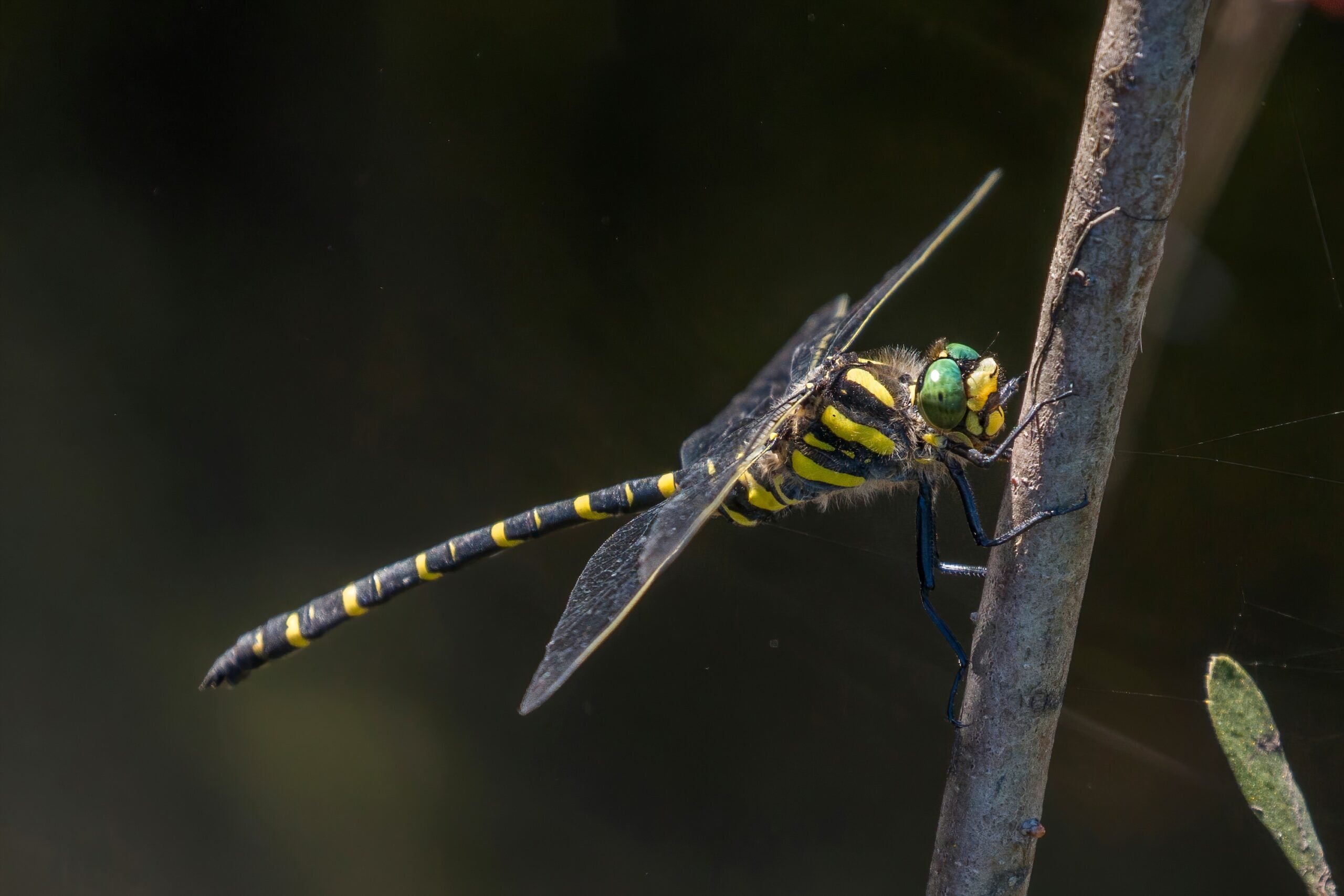
Dragonflies possess incredibly acute sound detection abilities, making them highly responsive to musical stimuli in their environment. Their compound eyes aren’t their only remarkable sensory feature – they can detect minute sound vibrations through specialized mechanoreceptors throughout their bodies.
Wind instruments like flutes and clarinets produce frequencies that seem to attract dragonflies, possibly because these sounds mimic the wing-beat patterns of their prey or potential mates. Field observations have documented dragonflies approaching speakers playing woodwind music and hovering nearby for extended periods.
The hunting behavior of dragonflies also changes in the presence of music, with some species showing improved prey capture rates when exposed to rhythmic musical patterns. This unexpected finding suggests that acoustic stimulation might enhance their already impressive predatory abilities.
Moths and Their Nighttime Musical Encounters
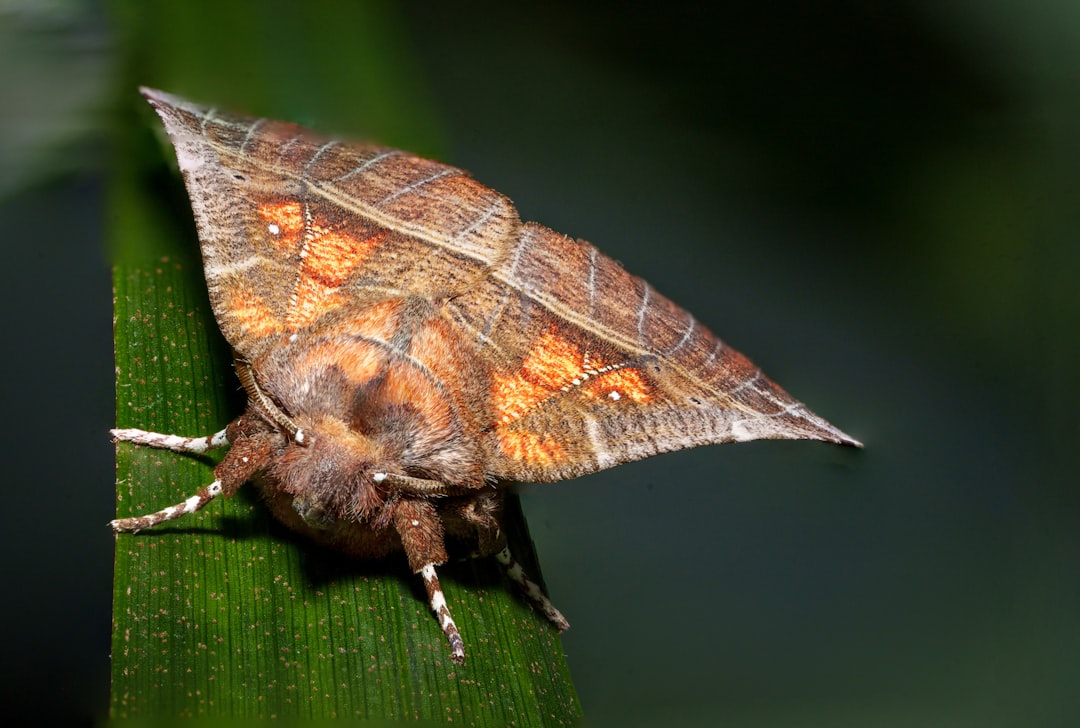
Nocturnal moths have evolved extraordinary hearing capabilities to survive in a world filled with echolocating bats, making them surprisingly responsive to human music played during evening hours. Their tympanic organs can detect frequencies well beyond human hearing range, allowing them to perceive overtones and harmonics in music that we might miss entirely.
Electronic music with its synthesized frequencies often triggers defensive behaviors in moths, possibly because certain electronic sounds mimic bat echolocation calls. However, acoustic instruments produce more neutral or even attractive responses, with some moth species showing increased activity around gardens where gentle music is played.
The timing of musical exposure matters greatly for moths, as their natural activity patterns are closely tied to environmental cues like temperature and humidity. Early evening music sessions seem to produce the most pronounced behavioral changes, coinciding with peak moth activity periods.
Grasshoppers Joining the Symphony
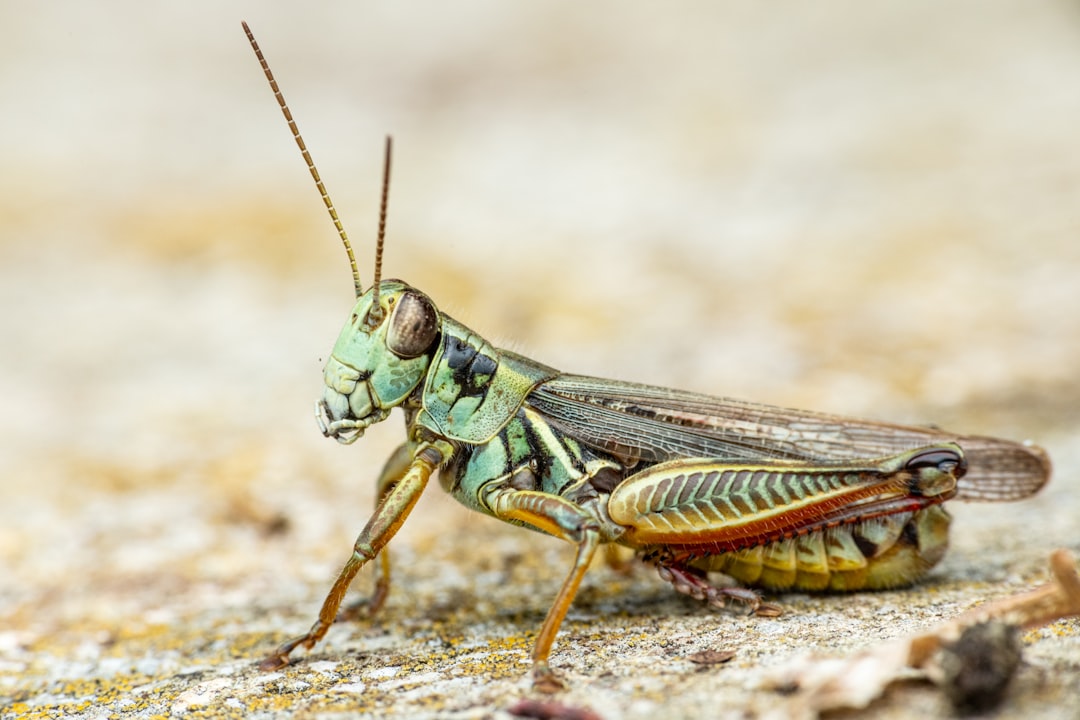
Grasshoppers are natural percussionists of the insect world, and their interaction with human music creates some of the most entertaining acoustic combinations found in nature. These athletic insects use their powerful hind legs to create rhythmic sounds that can actually synchronize with musical beats.
Percussion-heavy music genres like world music and jazz fusion seem to stimulate increased grasshopper activity, with some individuals appearing to respond directly to drum patterns by adjusting their own rhythmic leg movements. This behavior suggests a level of acoustic awareness that exceeds simple vibration detection.
In agricultural settings, farmers have reported that playing music in fields affects grasshopper feeding behaviors, though the results vary significantly based on crop type and local grasshopper species. Some musical genres appear to reduce crop damage while others show no measurable effect on feeding patterns.
Beetles and Their Vibrational World
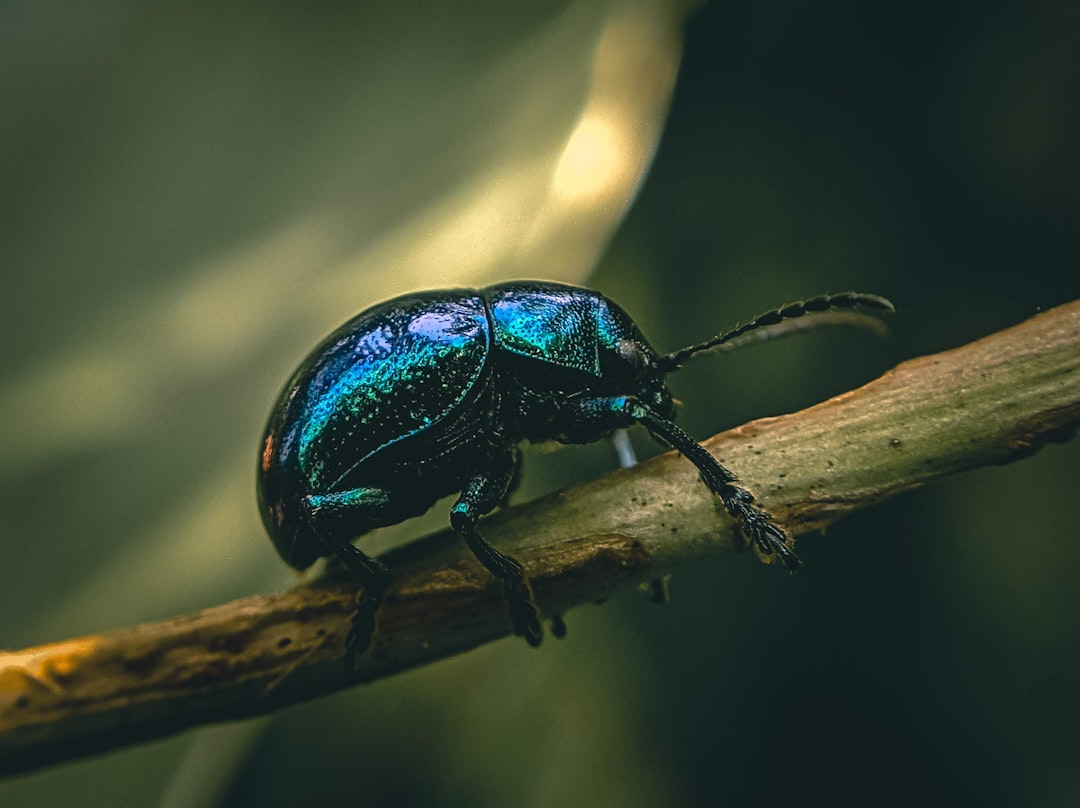
The diverse beetle family includes species with remarkably different sound perception abilities, from tiny weevils that detect ultrasonic frequencies to massive rhinoceros beetles that feel deep bass vibrations through their armored exoskeletons. This variety makes beetles excellent subjects for studying how different insects respond to musical diversity.
Wood-boring beetles show particular sensitivity to percussion instruments, possibly because the vibrations remind them of the sounds associated with suitable host trees. Some pest control researchers are investigating whether specific musical frequencies could be used as natural deterrents for destructive beetle species.
Dung beetles, those industrious recyclers of the natural world, display altered rolling and navigation behaviors when exposed to rhythmic music. Their normally precise movement patterns become more erratic or more coordinated depending on the musical genre, suggesting that sound plays a role in their spatial awareness.
The Role of Frequency and Volume

Understanding how insects respond to music requires careful consideration of both frequency ranges and volume levels, as these factors dramatically influence behavioral outcomes. Most insects are sensitive to frequencies between 100 Hz and 40 kHz, though individual species show preferences for specific ranges within this spectrum.
Volume levels that seem moderate to humans can be overwhelming for insects, whose smaller bodies amplify vibrations more intensely. Research indicates that musical volumes equivalent to normal conversation levels produce the most positive responses, while louder volumes often trigger defensive or avoidance behaviors.
The frequency content of different musical instruments affects insects differently, with string instruments generally producing more favorable responses than brass or electronic synthesizers. This preference might relate to the smoother, more organic wave patterns that strings create compared to the sharper attack characteristics of other instrument families.
Musical Genres and Insect Reactions
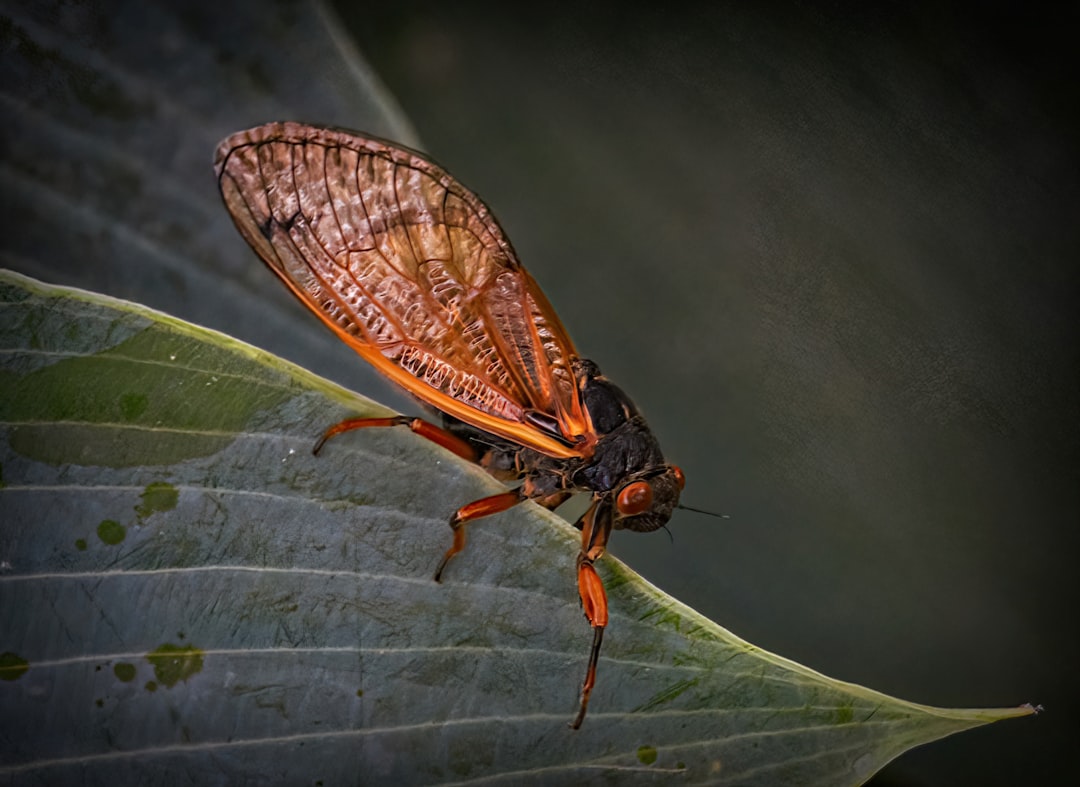
Classical music consistently produces the most positive responses across multiple insect species, possibly due to its complex harmonic structures and generally moderate volume levels. The mathematical relationships inherent in classical compositions might resonate with the natural acoustic patterns that insects use for communication and navigation.
Jazz music, with its emphasis on improvisation and rhythm, creates interesting behavioral patterns in insects, often encouraging increased movement and exploration behaviors. The syncopated rhythms and blue notes characteristic of jazz seem to stimulate curiosity rather than alarm in most species studied.
Heavy metal and aggressive rock music typically produce stress responses in insects, including increased hiding behaviors, reduced feeding, and altered reproduction patterns. However, some predatory insects like praying mantises show heightened alertness during aggressive music, suggesting that loud, intense sounds might trigger their hunting instincts.
Ambient and new age music creates calming effects similar to classical music but often with less dramatic behavioral changes. These genres seem to provide a neutral acoustic environment that doesn’t significantly disrupt normal insect activities while still producing measurable physiological responses.
Implications for Pest Control and Conservation
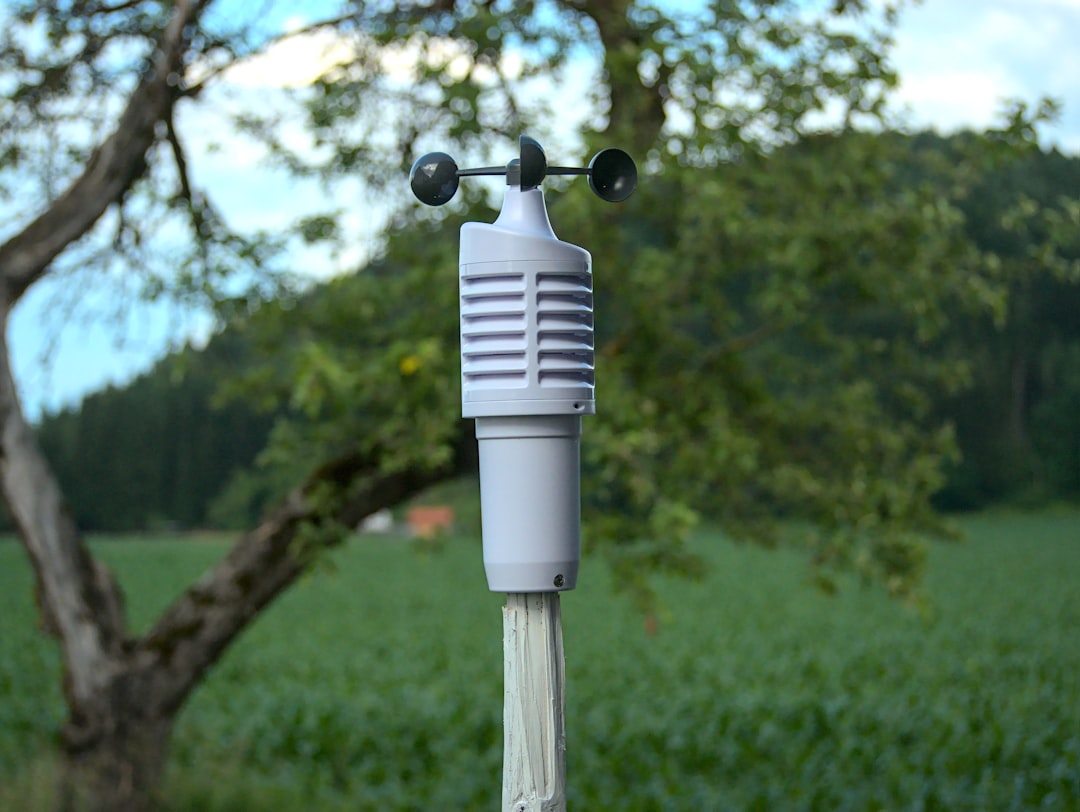
The discovery that insects respond predictably to specific musical frequencies opens exciting possibilities for environmentally friendly pest management strategies. Rather than relying solely on chemical pesticides, researchers are developing acoustic deterrent systems that use targeted sound frequencies to discourage harmful insects while preserving beneficial species.
Some agricultural operations have already begun experimenting with musical pest control, playing specific genres or frequencies in fields to reduce crop damage without harming pollinators like bees and butterflies. Early results suggest that certain electronic music frequencies can effectively deter aphids and thrips while having minimal impact on beneficial insects.
Conservation efforts are also benefiting from musical research, as scientists learn how to create acoustic environments that support endangered insect populations. Butterfly sanctuaries and bee conservation programs are incorporating gentle musical stimulation to reduce stress and encourage natural behaviors in their charges.
The Future of Insect Musical Research

Current technological advances are revolutionizing how scientists study insect responses to music, with high-speed cameras and sensitive acoustic equipment revealing previously hidden behaviors and reactions. Machine learning algorithms are now being used to analyze complex behavioral patterns and identify subtle responses that human observers might miss.
Genetic research is beginning to uncover the molecular basis for insect sound perception, potentially leading to the development of species-specific acoustic treatments for both pest control and conservation applications. Understanding the genetic components of musical response could revolutionize how we interact with insect populations in agricultural and natural settings.
The integration of musical stimulation into smart farming systems represents an emerging frontier where technology, agriculture, and entomology converge. Future farms might include sophisticated acoustic systems that automatically adjust musical programming based on seasonal insect activity patterns and crop protection needs.
Conclusion: What This Means for Our Understanding of Nature
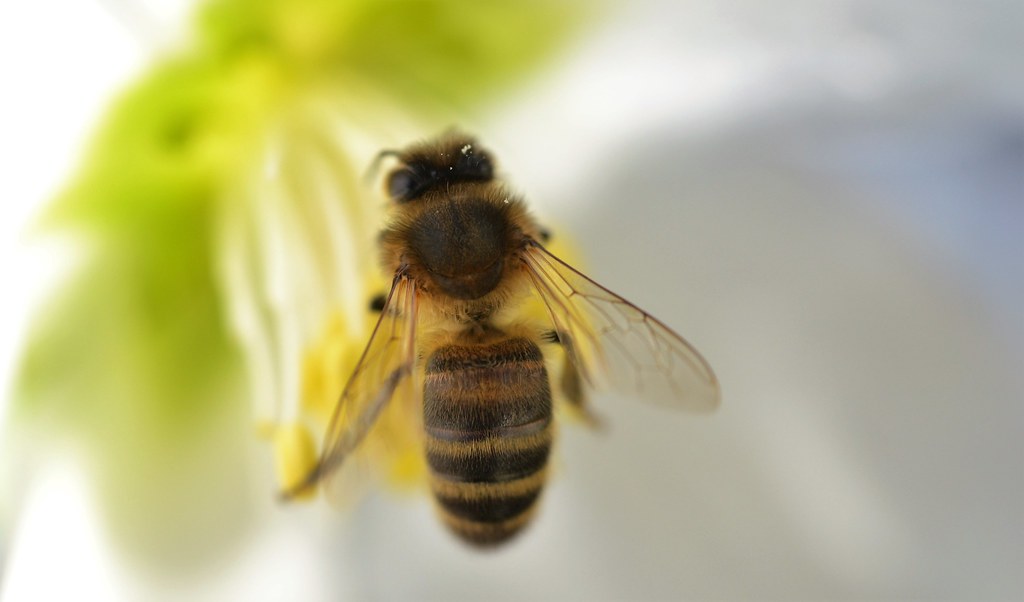
The revelation that insects respond meaningfully to human music challenges traditional views about the cognitive capabilities of these small creatures. Rather than being simple, instinct-driven automatons, insects demonstrate sophisticated sensory processing abilities that allow them to distinguish between different types of acoustic stimuli and respond appropriately.
This research also highlights the interconnected nature of acoustic environments, where human musical activities can influence entire ecosystems of tiny creatures living around us. Every time we play music outdoors, we’re potentially affecting the behavior of countless insects in ways we’re only beginning to understand.
The implications extend beyond pure scientific curiosity to practical applications in agriculture, conservation, and even urban planning. As we learn more about how insects perceive and respond to sound, we can design human environments that better coexist with the natural world. The next time you see a butterfly seemingly dancing to your favorite song, remember that you might be witnessing a genuine musical appreciation that bridges the gap between human creativity and natural wonder.
